
If you don’t know of any great sources of information, learning about nutrition can be a minefield. On one hand, you have ultra-restrictive fad diets, such as ketogenic, juice cleanses and carnivore. On the other hand, you have Instagram fitness influencers telling you ‘ignore everything, just create a calorie deficit’ (which, even if it was enough to reach your goal, is hardly helpful advice in learning how to go about achieving that). Therefore, to try and condense nutritional advice into one article, without over-simplifying it to the point of misinformation, I have selected 4 pillars of nutrition. If these needs are met, then you have set up a nutritional protocol suitable for your goal.
Calories:
As mentioned above, there are plenty of people which believe it is as simple as calories in vs calories out. Although it is essential to know how many calories to intake to meet your goals, there is also plenty of negatives if you ignore every other aspect of nutrition. If you eat more calories than your calorie maintenance, then you have created a calorie surplus and will put on weight. If you eat less calories than your calorie maintenance, then you have created a calorie deficit and will lose weight. This provides a great starting point when creating any nutritional protocol.
However, only considering caloric intake does not account for macronutrients. If your diet lacks protein, then you will add less muscle than you could be during a calorie surplus and losing more muscle than you could be during a calorie deficit. It also does not account for food quality, possibly resulting in deficiencies in certain micronutrients. It also does not take into account adherence, often people adopt extremely low-calorie diets which they cannot stick to in the long term.
Macronutrients:
The 3 macronutrients are carbohydrates, protein, and fats. Adequate protein intake is required to maximise muscle retention in a calorie deficit and muscle gain (hypertrophy) in a calorie surplus. Protein requirements will change between training goals, however having an intake above 1.6g per kg of bodyweight will suffice for most goals.
Glycogen is the body’s chosen source of energy. Having adequate carbohydrate intake in our diet will keep glycogen stores full, resulting in higher quality of training. Fats have assist with many functions in the body and is also another source of energy, as well as the absorption of nutrients. Keeping fats at approximately 30% of total caloric intake should ensure you are in taking all that you need.
If you succeed in selecting the correct calorie intake and macronutrient breakdown, you will start to make significant progress towards body composition goals. The downside to only focussing on calories and macronutrients is that food quality can still suffer. Also, you may still set up a diet which is not adhereable for you.
Food Quality:
Broadly speaking, food quality refers to how nutrient dense the food is. For example, vegetables have a vast number of micronutrients in each and every serving. Therefore, vegetables would be classed as a high-quality food. On the contrary, alcohol has virtually no nutrients in each serving, as well as containing 7kcal per gram (almost double the calories than protein and carbohydrates, which have 4kcal per gram). Therefore, alcohol would be classified as a low-quality food.
Food quality is important, as people can still hit their macronutrients and calorie target whilst consuming several takeaways and overconsuming alcohol. The issue with this, is that they can end up with deficiencies in several vitamins and minerals. This can lead to increased chance of illness and disease. Therefore, I would recommend filling your diet with as many high-quality foods as you deem adhereable.
Adherence:
The last piece of the puzzle is adherence. When many people change their diets they almost never make changes which they can stick to for the rest of their life. This way, they are only setting themselves up to eventually fail. Therefore, it is important to only make changes which do not overwhelm you in anyway. A good personal trainer or nutritionist will assess the level that you should begin with and progress you as you are learning and adhering to the skills and habits that you are able to keep consistent. If you are going to stick to a diet long term, then a level of enjoyment is paramount to success.
In conclusion, these 4 pillars of nutrition cover most you need to know to generally stay healthy and meet most of your goals. There will be certain exceptions for individuals with special dietary requirements, if you feel like you are one of them, then it would be best to consult with a qualified nutritionist.
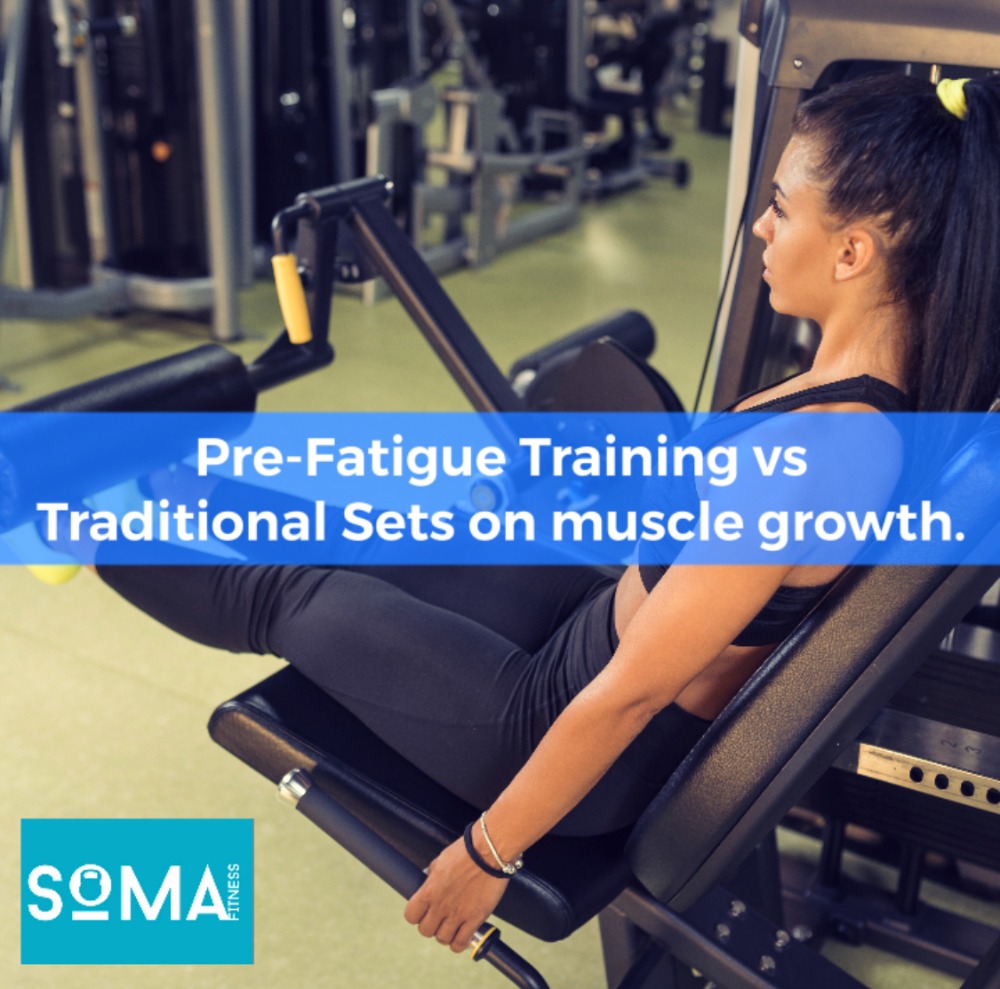

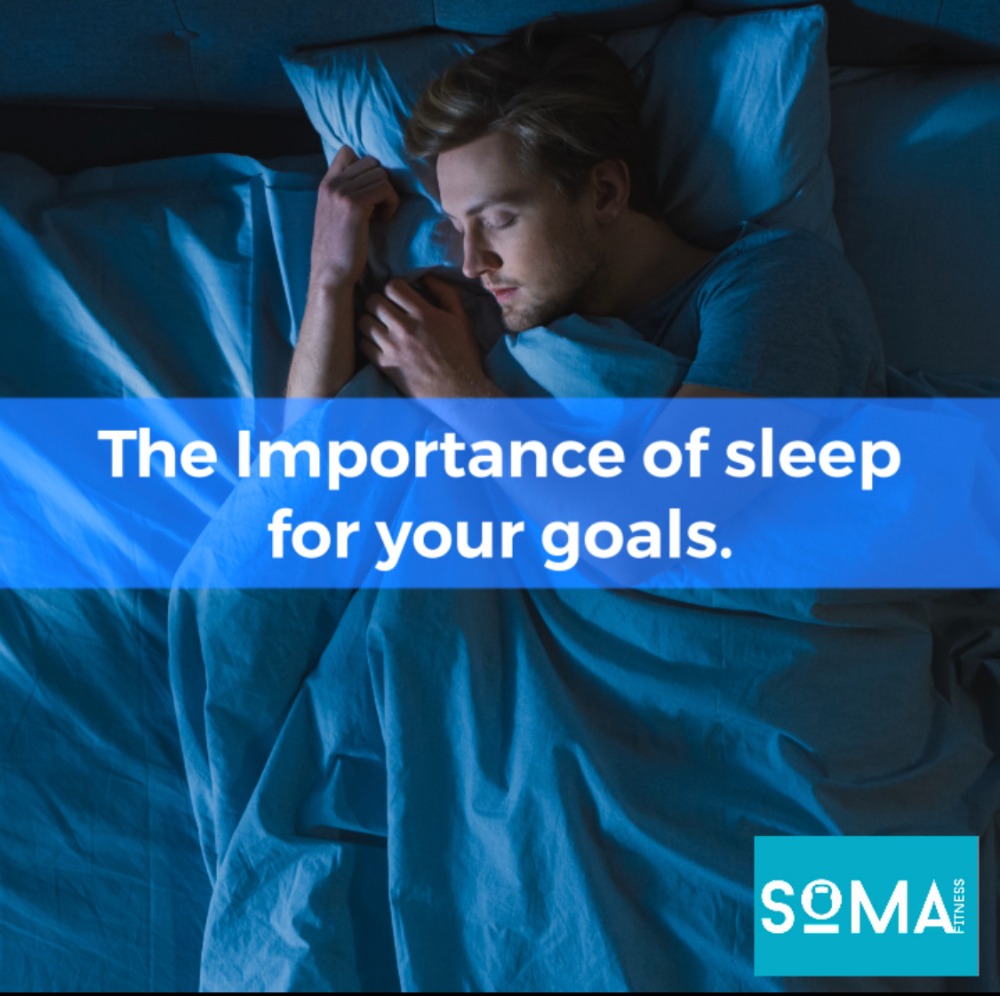
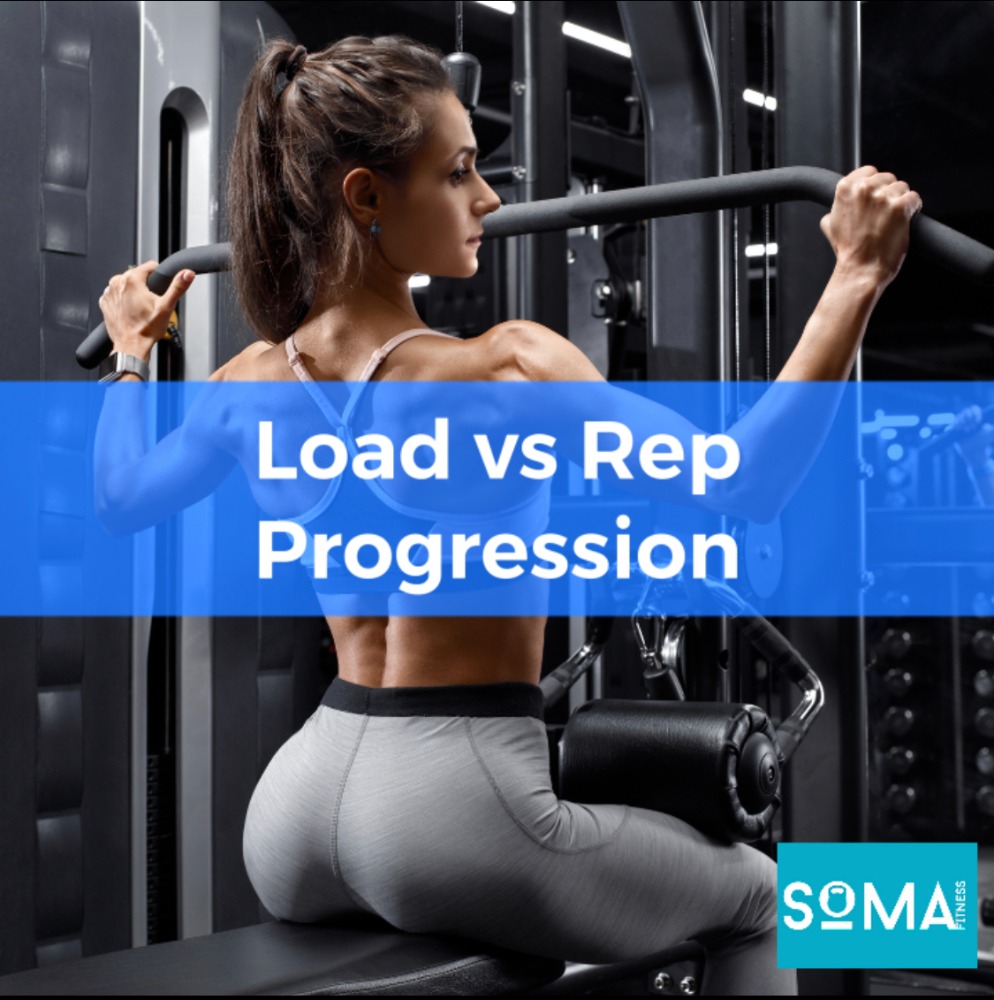

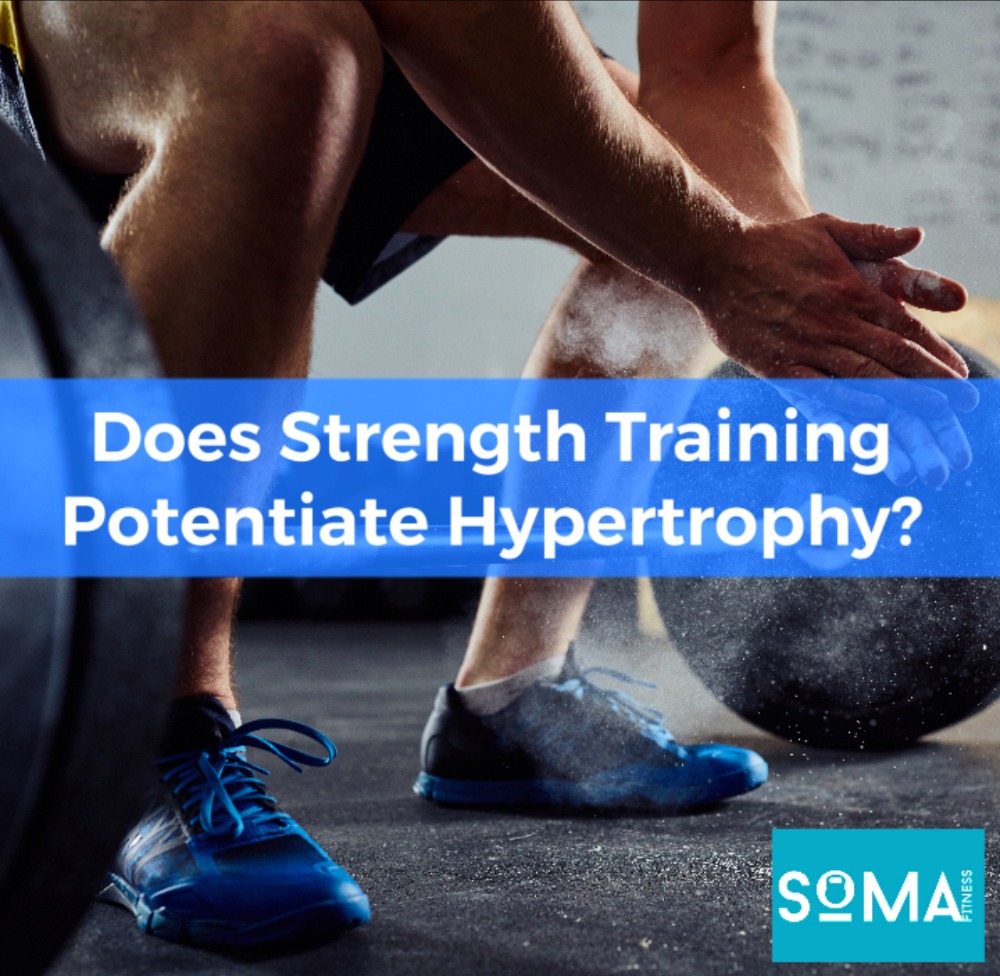

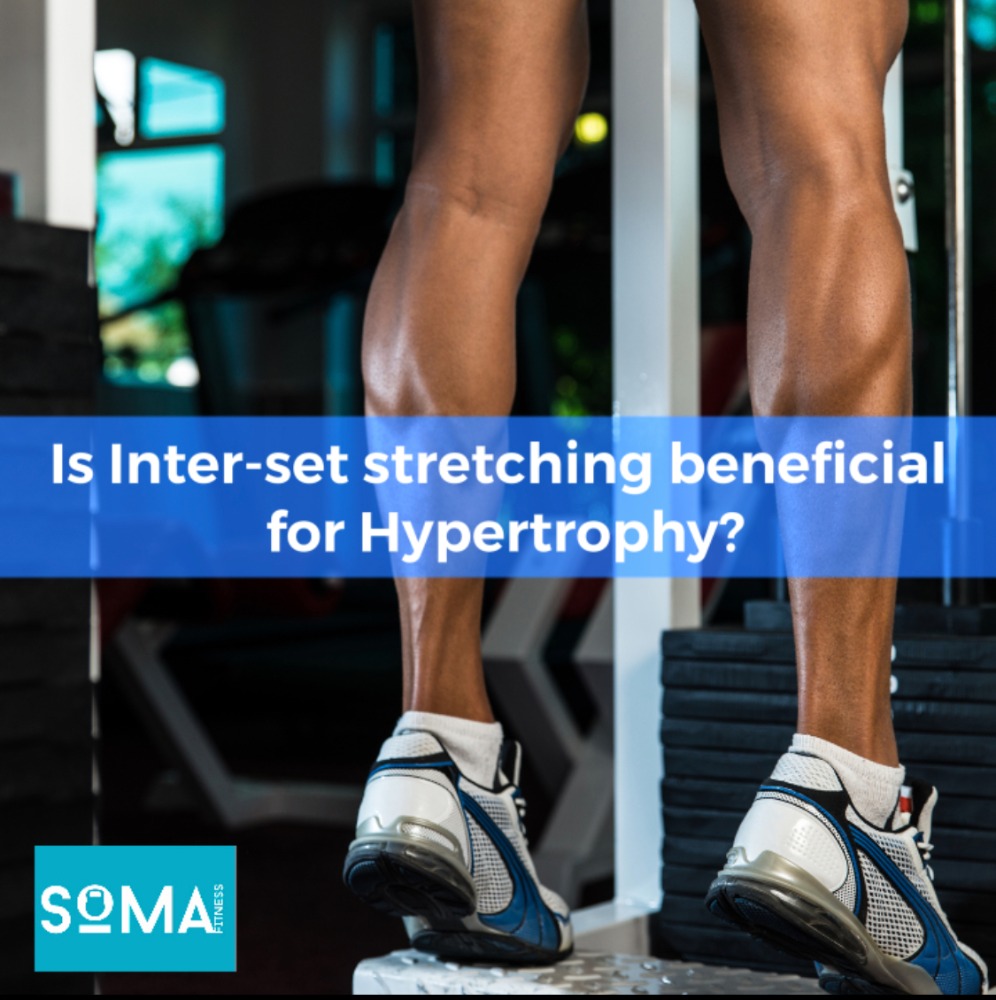

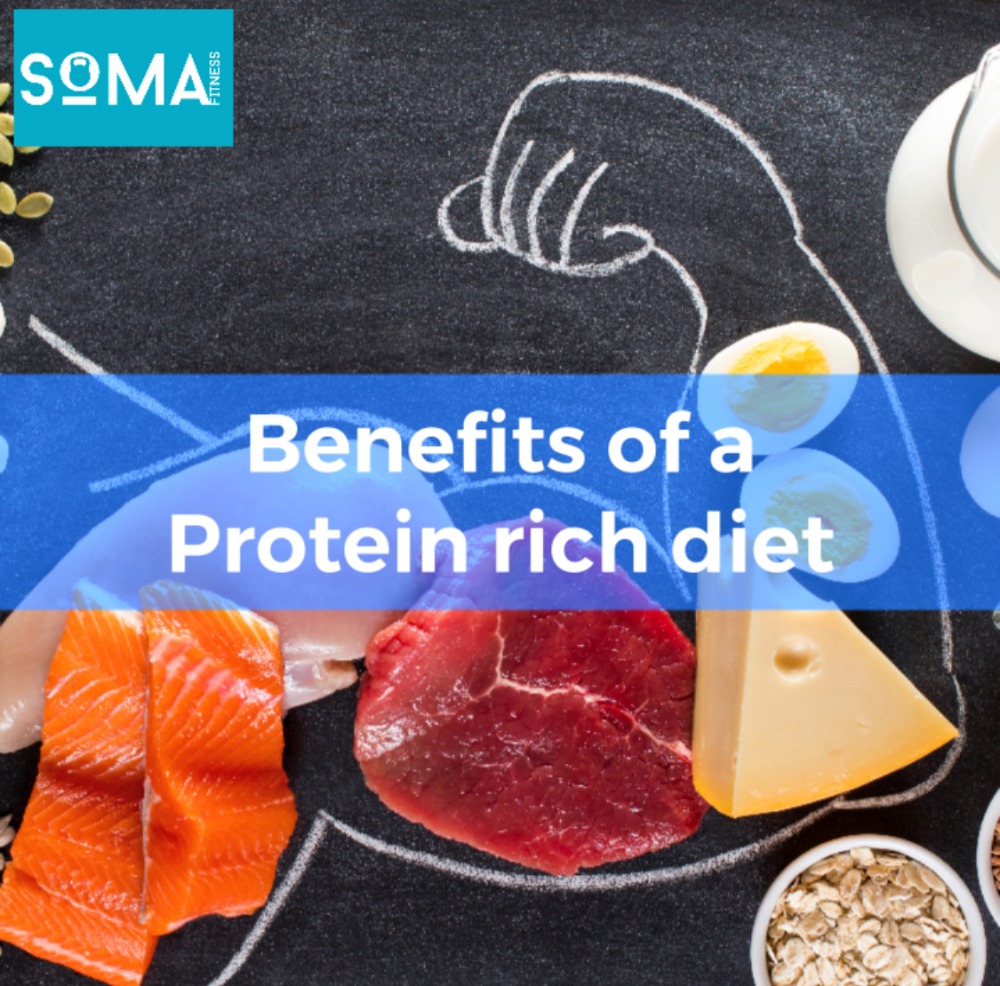
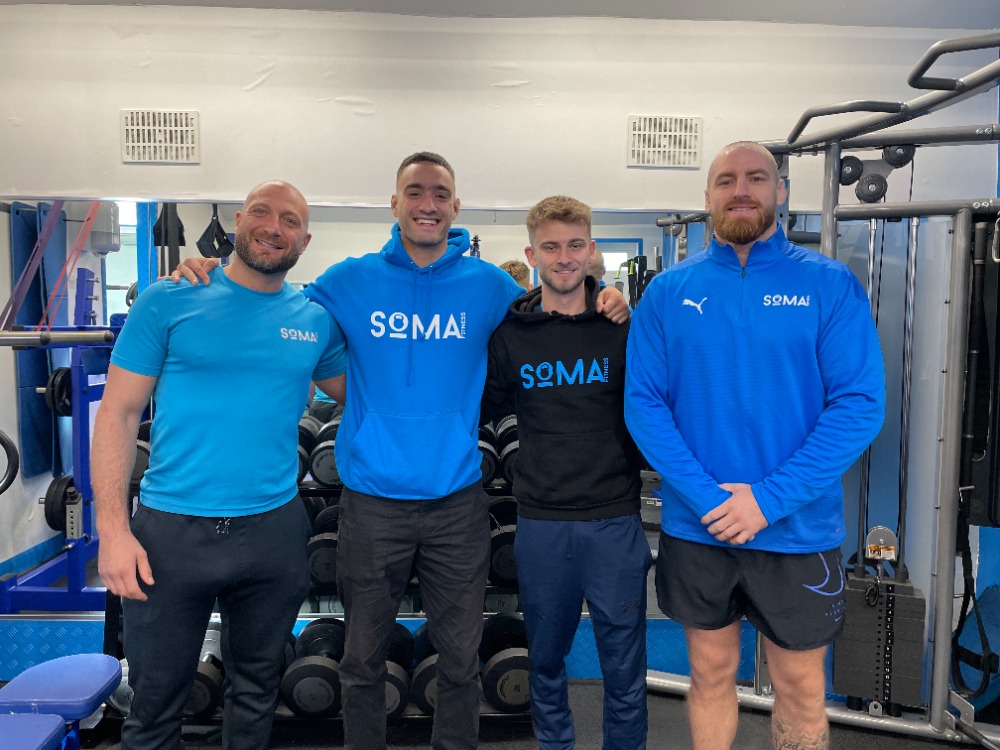
Recent Comments